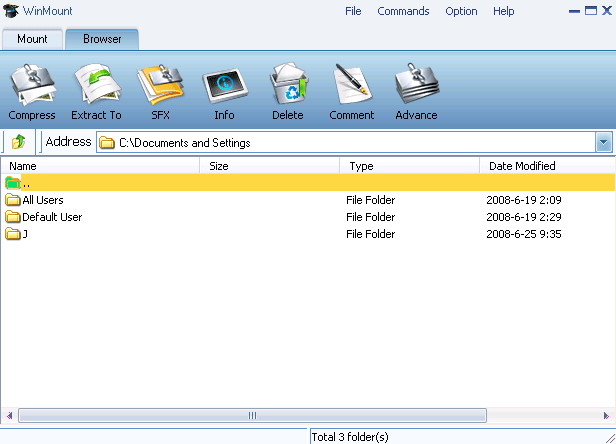
However, if you do use it frequently, you may prefer to optimize the process. If you don't need to run the command often, you may be perfectly fine running the commands directly from the command prompt. Method #2: Creating a Batch File for Quick Deletion foldername - The absolute path or relative folder name, e.g./S - Run the operation on all folders of the selected path./Q - Quiet mode, won't prompt for confirmation to delete folders.This improves the process further, shaving off about one quarter of the processing time off of the console command. /S - runs the command on all files in any folder under the selected structure.You are not asked if it is ok to delete files (if you don't use this, you are asked for any file in the folder, which can be time-consuming and therefore counter-productive). /F - forces the deletion of read-only files.Here are descriptions of each of the commands used above. Run the command RMDIR / Q / S foldername to delete the folder and all of its subfolders.to navigate to the parent folder afterwards. * > NUL deletes all files in that folder structure, and omits the output which improves the process further.

Navigate to the folder that you want to delete (with all its files and subfolders).



 0 kommentar(er)
0 kommentar(er)
